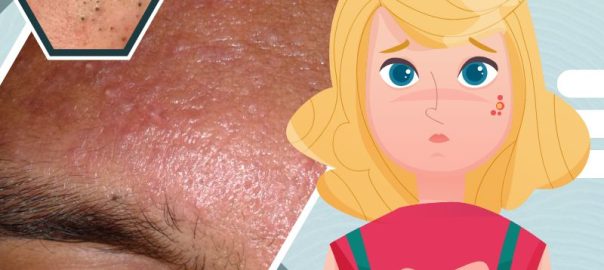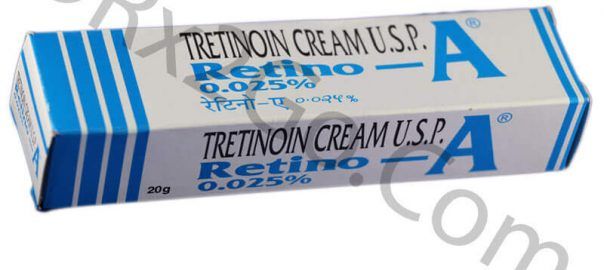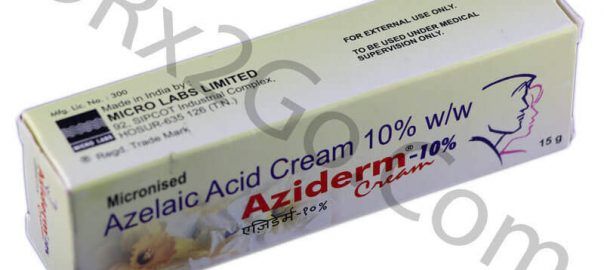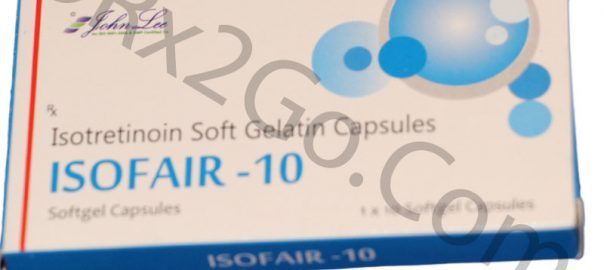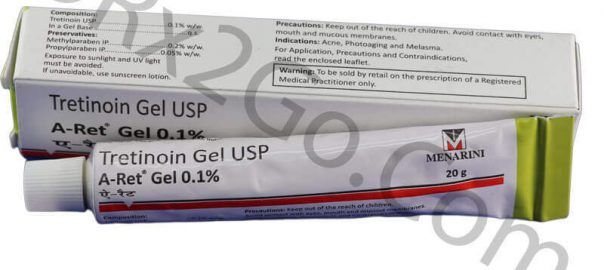Hormonal acne affects adults between the ages of 20 and 50. Acne causes bumps on your back, chest, shoulders, and face in the following forms:
- Cysts
- Whiteheads
- Blackheads
- Pimples
Hormonal acne is the main cause of excess sebum in oil glands. It affects both men and women, but the majority of cases occur in women, pregnant women, and women going through menopause.
Causes
Hormonal acne develops when hormonal changes increase the amount of oil your skin makes. This oil interacts with bacteria on the pores of your skin where hair grows and results in acne.
Causes of hormonal acne that you can control:
- Lack of sleep
- Stress
- Using hair and skincare products that are not oil-free or free of ingredients that won’t clog pores
Causes of hormonal acne that you can’t do anything about:
- Family history of acne
- A side effect of a medication
- Changing hormone levels in women
- Men undergoing testosterone treatment
- Pre-existing medical conditions
Risk Factors
- Age – people of all ages can get acne.
- Family history – genetics plays a role in this condition. If both of your parents had acne, you are likely to develop it too.
- Hormonal changes – during pregnancy or certain triggers, genetics plays a role in acne.
- Friction or pressure on your skin – this could be caused by items such as helmets, backpacks, tight collars, or mobile phones.
- Greasy or oily substances – you are likely to develop acne when your skin comes into contact with oil or oily creams and lotions.
Symptoms
Acne causes lesions that can become inflamed and sore. Lesions are most likely to appear on your cheeks, but may also appear in the following places such as:
- Chest
- Shoulders
- Back
- Neck
- Face
Hormonal acne can appear in the following types of lesions:
- Blackheads
- Whiteheads
- Papules
- Cysts
- Pustules
Treatment
Treatment for acne focuses on reducing oil production, swelling, and treating bacterial infections. Most prescription acne medications take four to eight weeks to take effect. You may have to wait a long time for your acne to clear up completely.
Based on your age, your acne’s type and severity, and how much time you are willing to commit, your doctor will recommend a treatment regimen. It may be necessary for you to wash and apply medications twice a day for a few weeks. You may need to take both topically applied medications and drugs taken orally. There are limited treatment options available to pregnant women due to the risk of side effects.
Medicine
Topical Medications
- Antibiotics – Clindamycin with Benzoyl Peroxide (Benzaclin, Duac)
- Retinoid and retinoid-like drugs – Tretinoin (Avita, Retin-A), Adapalene (Differin), and Tazarotene (Tazorac, Avage)
- Dapsone
- Azelaic acid and salicylic acid
Oral Medications
- Isotretinoin – Isotretinoin (Amnesteem, Claravis)
- Anti-androgen agents – Spironolactone (Aldactone)
- Antibiotics – Tetracycline (Minocycline, Doxycycline) or a Macrolide (Erythromycin, Azithromycin)




